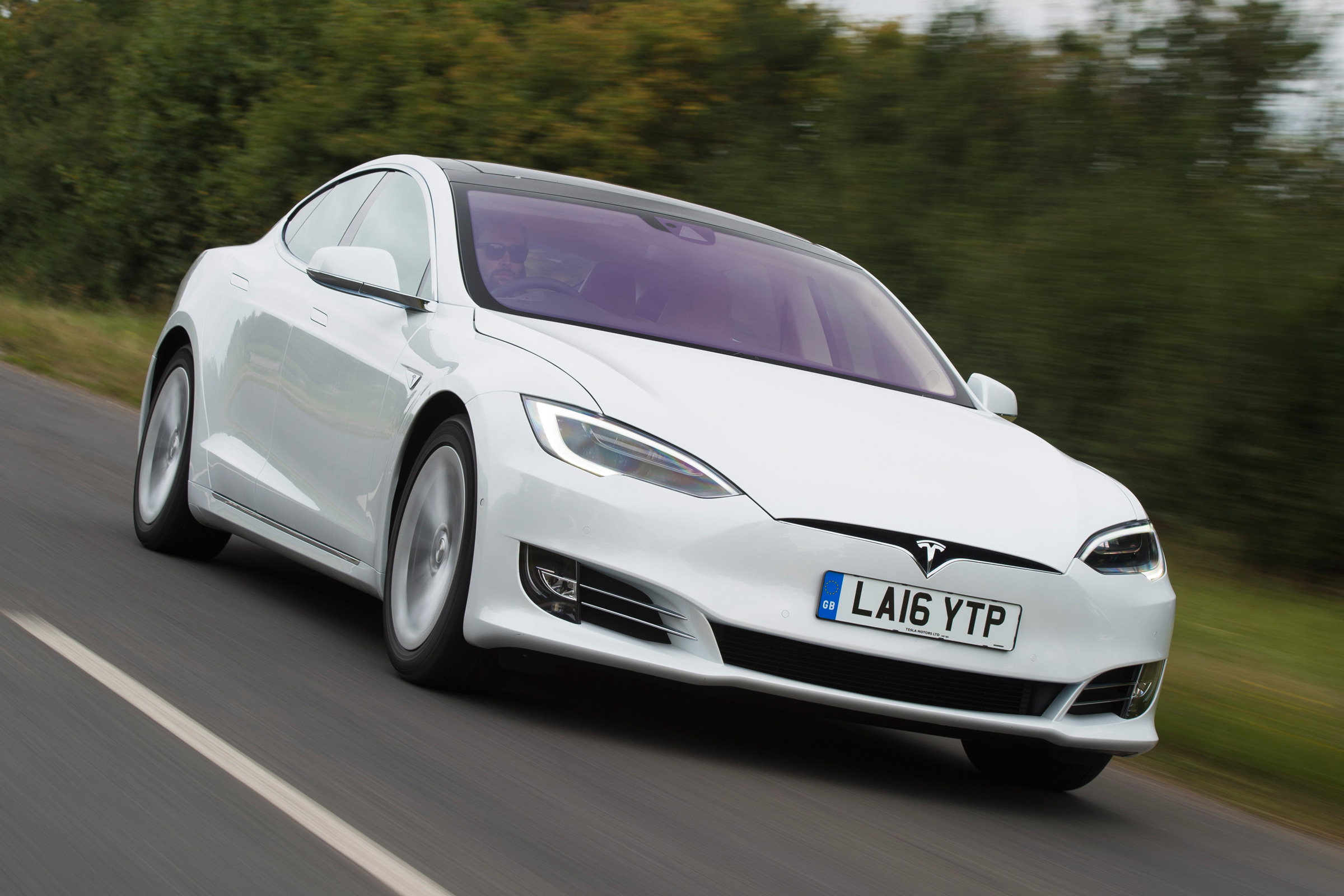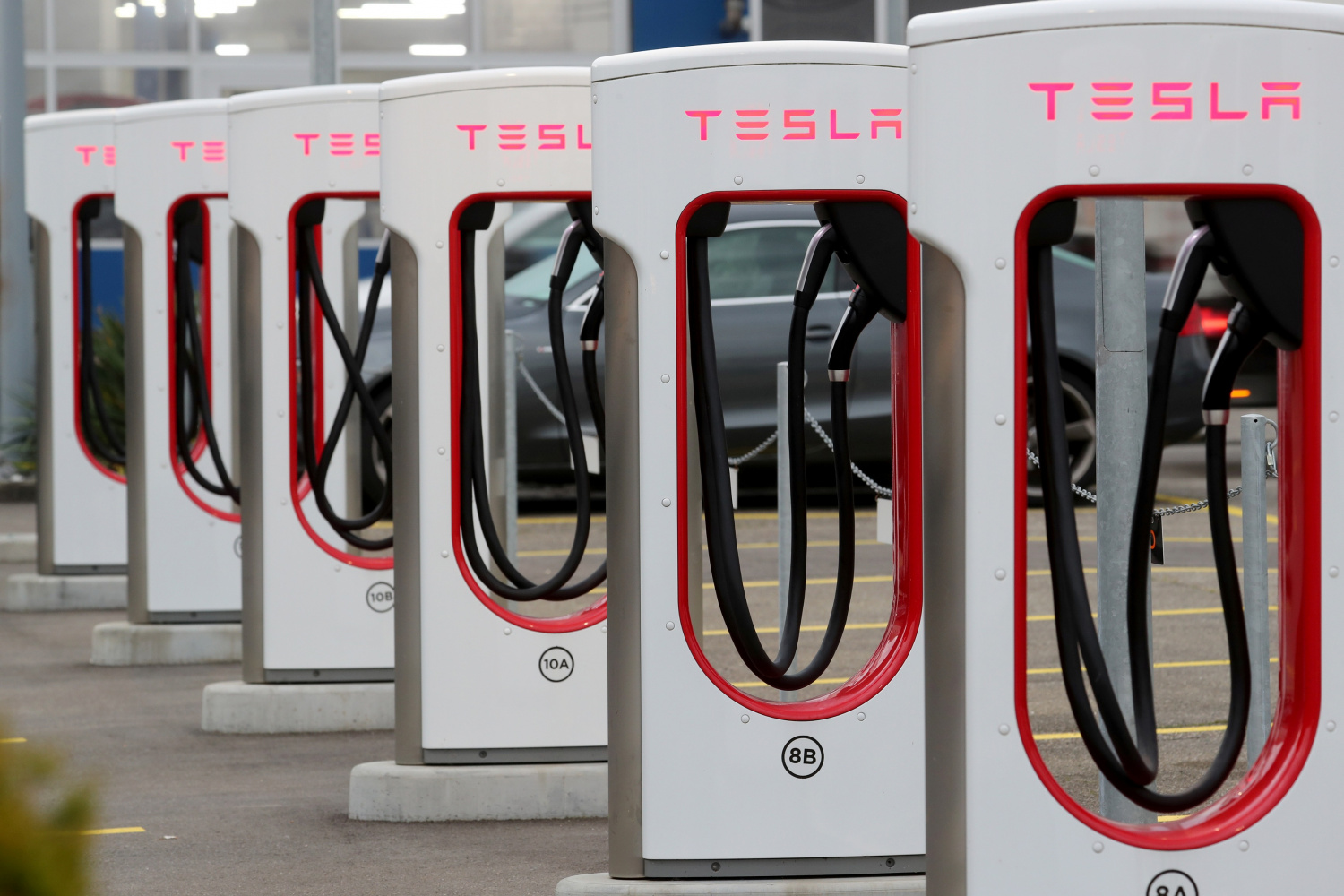Tesla is known for its innovative electric vehicles, but also for its exclusive charging network.
Tesla Charging Network: All the Upcoming Compatible EVs
Tesla is known for its innovative electric vehicles, but also for its exclusive charging network. The Supercharger stations allow Tesla owners to quickly and conveniently recharge their cars, while the Destination chargers offer a slower but cheaper option at hotels, restaurants, and other locations. Until now, only Tesla vehicles could use these chargers, but that is about to change.
In July 2021, Tesla CEO Elon Musk announced on Twitter that the company plans to open its Supercharger network to other EVs later this year. He did not specify which countries or regions would be the first to benefit from this move, but he hinted that it would be a global initiative. This is a major shift in Tesla's strategy, as it could attract more customers to its chargers, generate more revenue, and help accelerate the adoption of electric mobility.
But how does Tesla's charging network compare to other networks, such as Electrify America or Ionity? And which EVs will be compatible with it? Here are some of the main features and challenges of Tesla's chargers, as well as some of the upcoming models that could potentially use them in the near future.
- Speed: Tesla's Superchargers are among the fastest in the market, capable of delivering up to 250 kW of power and adding up to 200 miles of range in 15 minutes. However, some of the newer EVs, such as the Hyundai Ioniq 5 and the Lucid Air, can support even higher charging speeds of up to 350 kW, which means that they could charge faster than Tesla's vehicles at other networks, such as Electrify America or Ionity.
- Availability: Tesla has the largest and most widespread charging network in the world, with over 25,000 Superchargers and over 4,000 Destination chargers across 37 countries. This gives Tesla owners a great advantage when traveling long distances or in remote areas. However, Tesla's chargers are also very popular and sometimes crowded, especially during peak hours or holidays. Opening the network to other EVs could worsen this problem, unless Tesla increases its capacity and distribution.
- Compatibility: Tesla uses a proprietary connector in North America, which means that other EVs would need an adapter to plug into its chargers. In Europe and most of the world, Tesla uses the CCS standard, which is compatible with most of the existing EVs. However, some EVs, such as the Nissan Leaf and the Toyota Mirai, use a different standard called CHAdeMO, which is not compatible with Tesla's chargers. Therefore, not all EVs will be able to use Tesla's network, even if they want to.
- Cost: Tesla's charging prices vary depending on the location, demand, and vehicle model. On average, Supercharging costs about $0.28 per kWh in the US and €0.30 per kWh in Europe. Destination charging is usually free or included in the parking fee. However, Tesla has said that it will charge non-Tesla owners more than Tesla owners for using its chargers, as a way to cover its costs and incentivize its customers. This could make Tesla's network less attractive or affordable for other EV drivers.
- Electrify America: This is an electric vehicle DC fast charging station network in the US, with more than 840 charging locations and over 3,700 individual charging units with over 100 coming soon as of October 2023. Electrify America offers charging speeds of up to 350 kW, which can match or exceed those of Tesla's Superchargers. Electrify America also uses the CCS standard in North America, which means that most EVs can plug into its chargers without an adapter. Electrify America charges an ad-hoc rate of $0.43 per kWh, which is higher than Tesla's average rate. However, Electrify America also offers a monthly subscription plan called Pass+, which reduces the price to $0.31 per kWh. Electrify America provides 100% renewable energy via renewable energy certificates, which is similar to Tesla's policy.
- Ionity: This is a high-power charging station network for electric vehicles to facilitate long-distance travel across Europe. It's a joint venture founded by the BMW Group, Mercedes-Benz Group, Ford Motor Company and Volkswagen Group, but other automotive manufacturers are invited to help expand the network. Ionity has over 500 charging locations across Europe, with around 2,500 chargers. Ionity also offers charging speeds of up to 350 kW, which can match or exceed those of Tesla's Superchargers. Ionity uses the CCS standard in Europe, which means that most EVs can plug into its chargers without an adapter. Ionity charges an ad-hoc rate of €0.79 per kWh, which is much higher than Tesla's average rate. However, Ionity also offers discounted rates for customers of its partner brands, such as BMW, Mercedes, Ford, and Volkswagen. Ionity does not specify the source of its energy, but it claims to be carbon-neutral.
- Availability comparison: Tesla's charging network has a clear advantage over Ionity's in terms of availability, as it covers more countries and locations. Tesla has over 25,000 Superchargers and over 4,000 Destination chargers across 37 countries, while Ionity has only over 500 charging locations across 24 European countries. Tesla's network is also more evenly distributed across different regions, while Ionity's network is more concentrated in Western and Central Europe. Tesla's network also offers more options for drivers who want to charge at slower speeds or at different locations, such as hotels or restaurants, while Ionity's network only focuses on high-power charging stations along highways.
These are some of the factors that will affect how Tesla's charging network expansion will impact both Tesla and other EV drivers. However, there are still many questions and challenges that need to be addressed before this becomes a reality. For example, how will Tesla charge non-Tesla owners for using its chargers? Will they need to download an app or use a RFID card? How will Tesla ensure that its chargers are not overcrowded by non-Tesla vehicles? And how will Tesla maintain its competitive edge and customer loyalty if it shares one of its key advantages with its rivals?
Tesla has not revealed any details about how it will implement its charging network expansion, but it has said that it will provide more information later this year. Until then, we can only speculate and hope that this move will benefit both Tesla and other EV drivers, as well as the environment and society as a whole.






Comments
Post a Comment